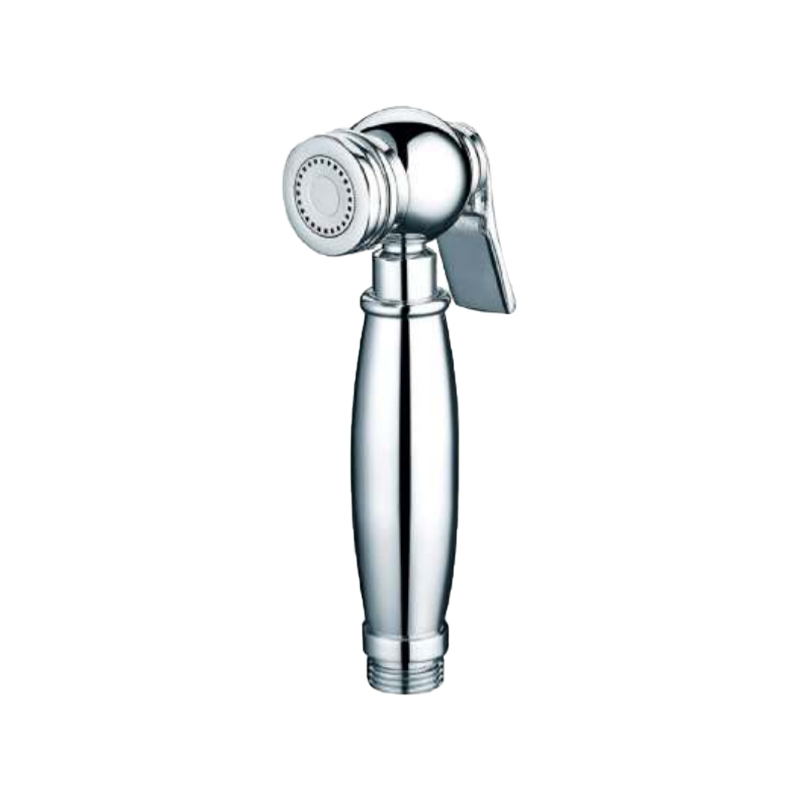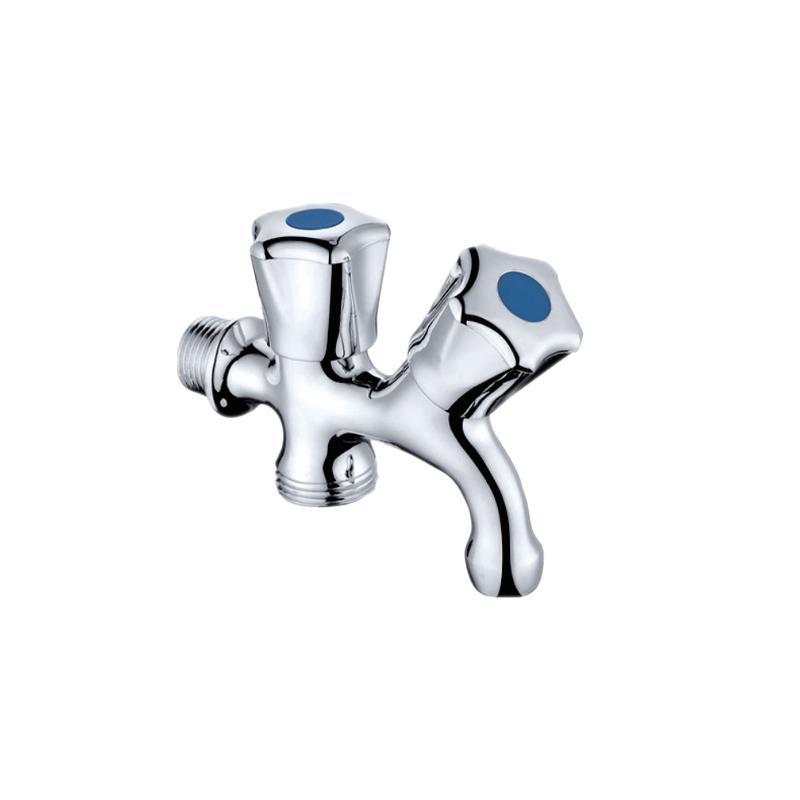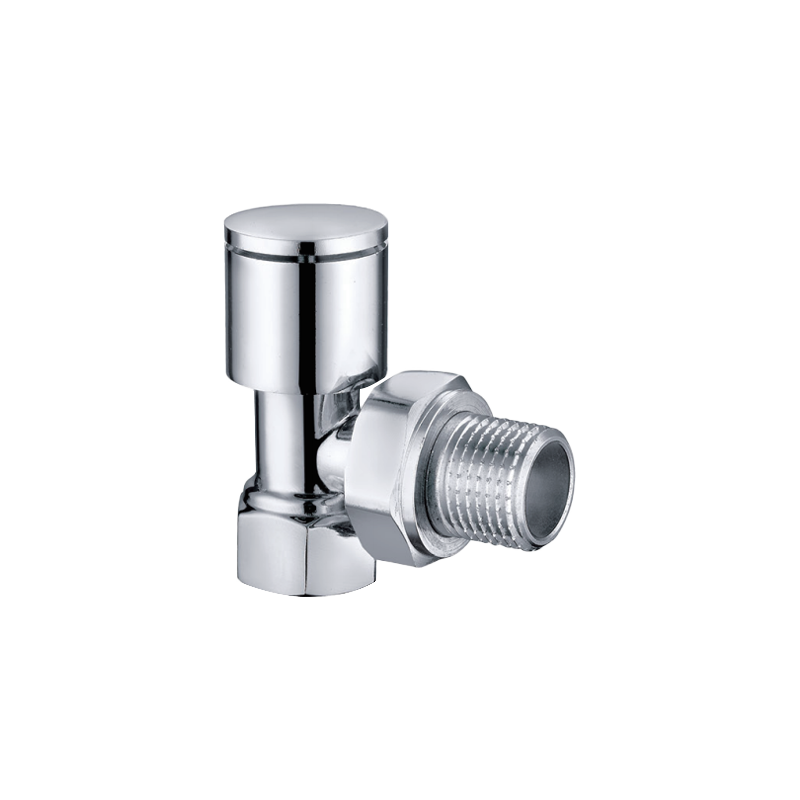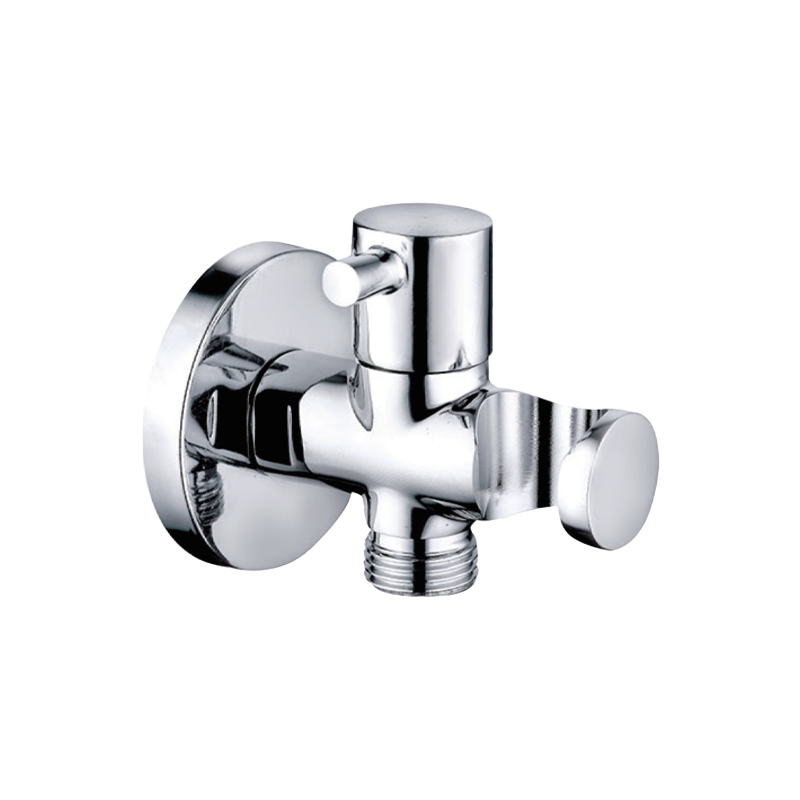
Type of kitchen tap
There are many kinds of kitchen faucets. What is best for you is based on your preferences. The plumbing lab helps us explain 13 types of faucets.
Pull out - A longer hose that can be pulled out further is ideal for shallow sinks with smaller drains. The nozzle is completely separated from the neck and can be rotated 360 degrees, allowing you to spray freely in any direction.
Pull down - Pull out directly from the neck and spray the ejector into the sink. It can optionally be replaced with spray. With a higher design, the hose is pulled down to the basin and clipped back into position on the nozzle. Ideal for filling water cans or cleaning fruits and vegetables.
Single handle - the most common and simple faucet. The single handle rotates from left to right to control temperature, and upward to control water flow. It takes only one hand to rotate the handle into place, making it easier to find the desired temperature.
Double handles - two handles control hot and cold water respectively, allowing you to control the flow of two temperatures. This kind of tap needs a hose to connect the hot and cold hoses.
Non-contact - made of a wave activated motion sensor or proximity sensor. Design with temperature control lever, usually powered by battery. Better prevent the spread of harmful bacteria.
Handsfree - slightly different from the non-contact faucet, the handsfree faucet is designed to close with the back of your hand at the water outlet or install a sensor. They also benefit from better prevention of the spread of harmful bacteria. It can also be powered by batteries or power supplies.
Pot cover - installed on the stove or the extension of the main faucet, and designed to prepare water for boiling. It is most suitable for large kitchens with spare space. The design includes an extendable arm, which can reach every part of the furnace, and can be neatly put away after use.
Water filter - Water is filtered by a separate nozzle mounted on the side. This is used to provide better drinking water and helps prevent unwanted minerals from flowing out of the main nozzle.
Faucet finish
Once you know the type and function of the faucet you want, the next step is to complete it. There are many choices.
Brass - perfectly matched with white kitchen finishes for added warmth and a modern kitchen sink.
Chrome Plating - Durable, inexpensive and easy to maintain, can be polished, matte or brushed to complement most kitchen styles.
Nickel – Available in satin and brushed, it is as durable as chrome, softer in appearance, and can withstand scratches and water stains.
Stainless steel - also durable and easy to maintain, not prone to spots. Seamless matching and integration of stainless steel and stainless steel sink and electrical appliances.
Bronze - popular in rustic and country style kitchens, oil brush or brushed bronze is dark brown, sometimes almost black..
Matte Black - Matte black appears in modern and contemporary kitchens, relative to newer lamp finishes.
Gradient color - developers Kohler and Aubrey combine two dynamic metal finishes to create a transition from light to dark. There are two processing methods for surface treatment: vibrant rose gold to vibrant polished nickel, and vibrant titanium to vibrant rose gold.
Kohler also provides these finishes to let you know about many faucet brands.
Clean kitchen faucet
It is important to keep the tap clean. Some finishes may be damaged by chemicals. If not used in a well ventilated place, it may cause difficulty in breathing.
If you want to use a commercial cleaner, we recommend using a kitchen cleaner degreaser. It is a powerful, non-toxic, multipurpose cleaner that can remove daily grease and dirt.
Arizona hard water can be difficult to fix. If you do not have a soft water system, the faucet may have white mineral deposits. Do not scrape away the deposits. You can start from scratch. Remove them with white vinegar.
• Add white vinegar in a small plastic bag.
• Tie the bag to the faucet with a rubber band.
• Leave for a few hours. When vinegar encounters minerals, you will see it bubble.
• Remove the bag and scrub the fixture with a sponge or cleaning cloth.
For highly saturated fixtures, you may want to keep them saturated overnight. Remove the perforator and clean with a soft toothbrush and a mixture of light vinegar water. If the aerator is heavily sandblasted, you may need to soak the aerator in vinegar for several hours.

 English
English 中文简体
中文简体


.png)




